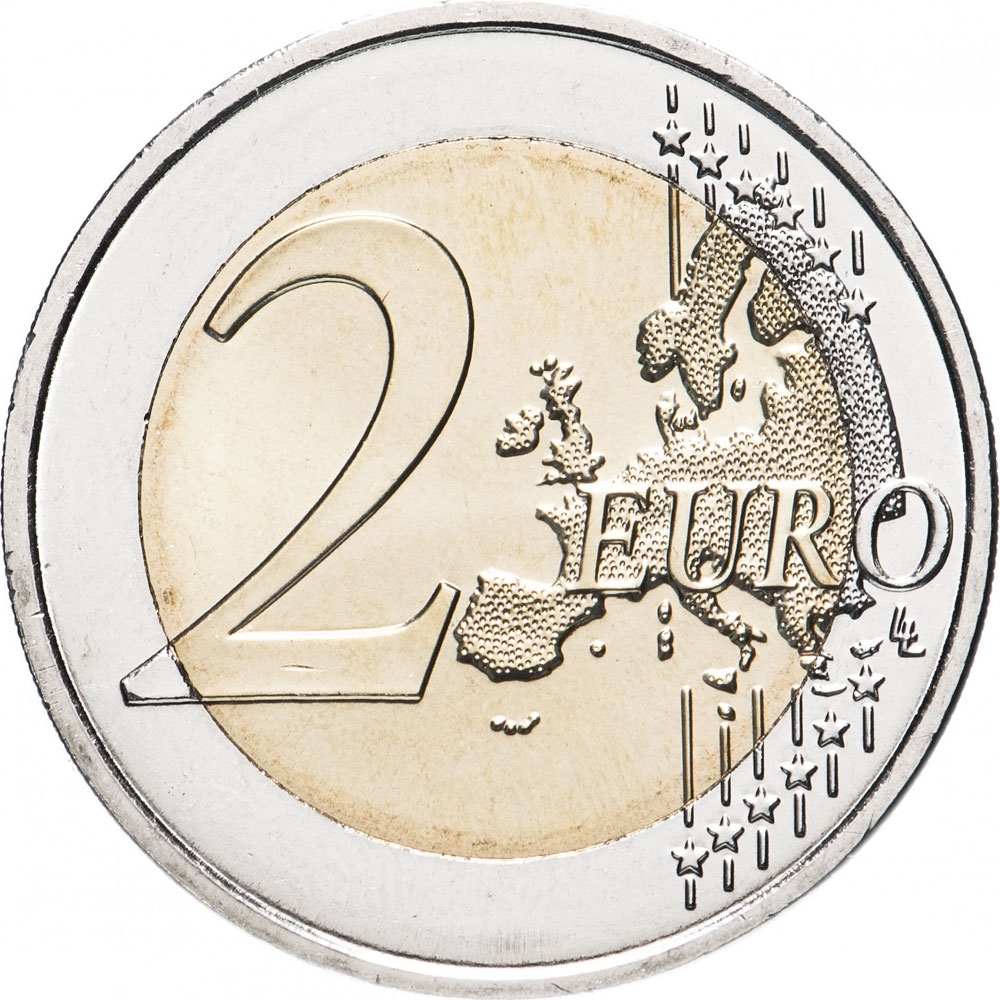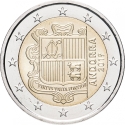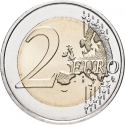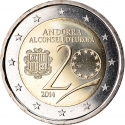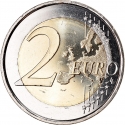You are about to finish your registration. Please check your mailbox (including spam folder). There should be a letter with a confirmation link. Check setting to make sure that your e-mail address is correct.
Send letter againDescription
Our Lady of Meritxell is an Andorran Roman Catholic statue depicting an apparition of the Virgin Mary. Our Lady of Meritxell is the patron saint of Andorra. The original statue dated from the late 12th century. However, the chapel in which it was housed burned down on September 8 1972, and the statue was destroyed. A replica can be found in the new Meritxell Basilica, designed in 1976 by Ricardo Bofill Taller de Arquitectura.
In the late 12th century, on January 6, a wild rose in bloom was found by villagers from Meritxell going to Mass in Canillo. It was out of season and at its base was found a statue of the Virgin and Child. The statue was placed in the Canillo church. However, the statue was found under the same wild rose the next day. The statue was taken to the church of Encamp. However, as before, the statue was again found under the same wild rose on the next day. As in similar legends elsewhere, the villagers of Meritxell took this as a sign and decided to build a new chapel in their town after they found an open space miraculously untouched by the winter snows.
The progressive increase of the devotion and admiration towards the Virgin throughout the 19th and 20th centuries, together with other circumstances such as embracing the national feeling by the inhabitants of Andorra, made the General Council of valleys of Andorra declare the Virgin of Meritxell the patron Saint of the Andorra Valleys. The declaration took place on October 24th 1873.
The continued support of the different bishops/co-princes of Meritxell, together with that fervour and popular tradition that already had been developed with time, made possible the canonical declaration of the Patronage of the Virgin of Meritxell. It was bishop Joan Benlloch Vivóla who made the request on August 23th 1913. Years later, the bishop from Barcelona Dr. Justí Guitart i Valardebò wanted to complete the work of its predecessors and worked in favour of the canonical coronation of the Virgin as the patron saint of Andorra. The recognition process concluded on the 8 of September of 1921. The faculty to grant this privilege fell to the basilica of Saint Peter of Rome.
Obverse

|
Depicts the Our Lady of Meritxell statue in the centre with the new Meritxell Basilica as the background. Dates 1921 and 2021, country name and the inscription "Meritxell" below. The outer ring depicts the 12 stars of the European flag. 1921 2021 |
|---|---|
Reverse

|
A geographical map of Western Europe spans the outer ring and inner core on the right side of the coin. The inscription 2 EURO is superimposed over the map of Europe, with the numeral “2” located in an open field representing the eastern Atlantic Ocean. 2 EURO |
| Edge |
The sequence "2 ★ ★" repeated six times alternately upright and inverted 2 ★ ★ 2 ★ ★ 2 ★ ★ 2 ★ ★ 2 ★ ★ 2 ★ ★ |
Characteristics
| Type | Commemorative Issue (Non-circulating) |
| Material | Bi-Metallic |
| Ring | Cupronickel |
| Center | Nickel Brass |
| Weight | 8.5 g |
| Diameter | 25.75 mm |
| Thickness | 2.2 mm |
| Shape |
|
| Alignment | Medal |
| Mint |
Paris Mint (A)
|

